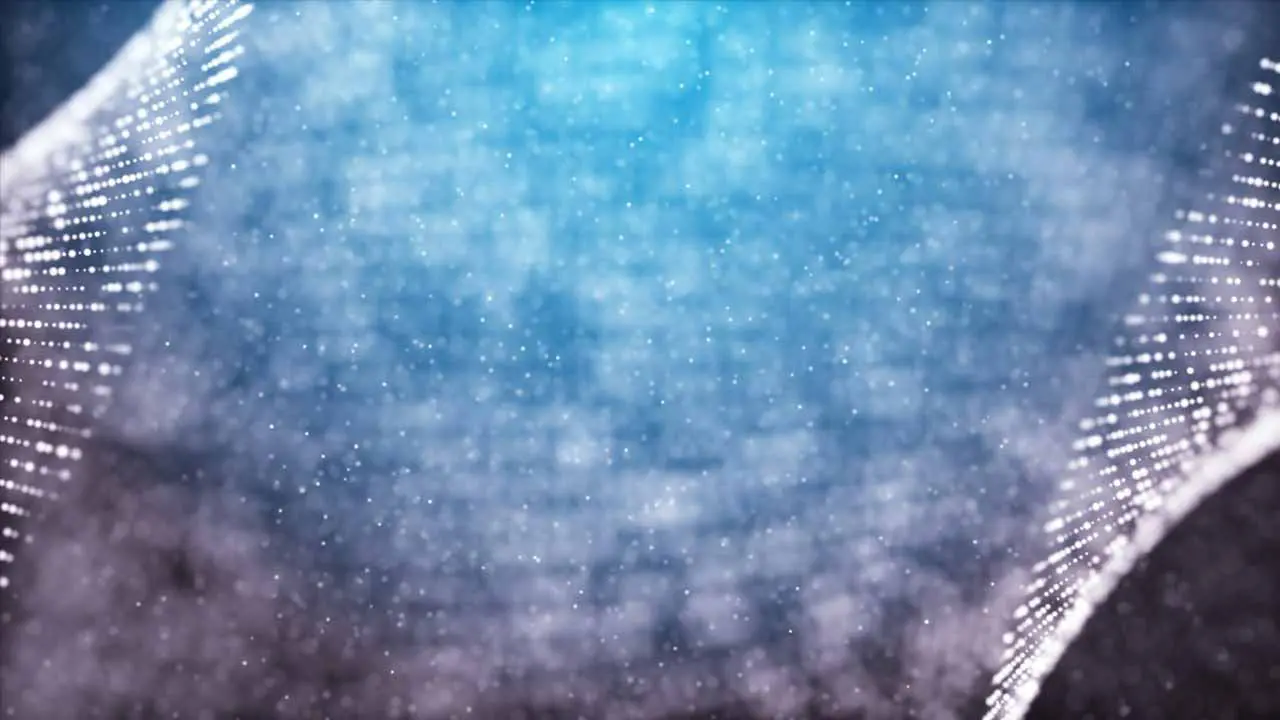Researchers at Lehigh and Johns Hopkins Universities have achieved the best ratio to date between opposing types of light-scattering phenomena that occur in semiconducting materials. Yujie Ding, professor of electrical and computer engineering at Lehigh University, suggests that the discovery could lead to smaller, lighter and cheaper communication devices with faster switching times, increased output and higher operating voltages.
Ding and his colleague, Jacob Khurgin of Johns Hopkins University, experimented with gallium-nitride (GaN) and succeeded in reducing the ratio of the occurrence of Stokes to anti-Stokes scattering to 2:1 by examining photons. Typically, photons maintain the same frequency when they enter and exit a material. However, when the material absorbs energy and the emitted photon has a lower energy than the absorbed photon, the outcome is known as Stokes scattering. Anti-Stokes scattering refers to when the emitted photon has a higher energy than the absorbed photon. According to Ding, a typical ratio of Stokes to anti-Stokes is 35:1. When the ratio reaches 1:1, a material neither cools nor heats when struck by light and, with more anti-Stokes than Stokes scattering, a material imparts its energy, and therefore its heat, to the light passing through it.
Ding and Khurgin plan to experiment more with the possibilities of laser cooling for semiconducting materials and hope to eventually utilize the laser cooling technology in high-frequency, high-power transistors, electronic implants in humans and LEDs and laser diodes.







